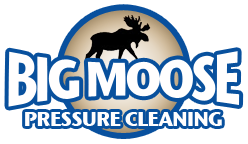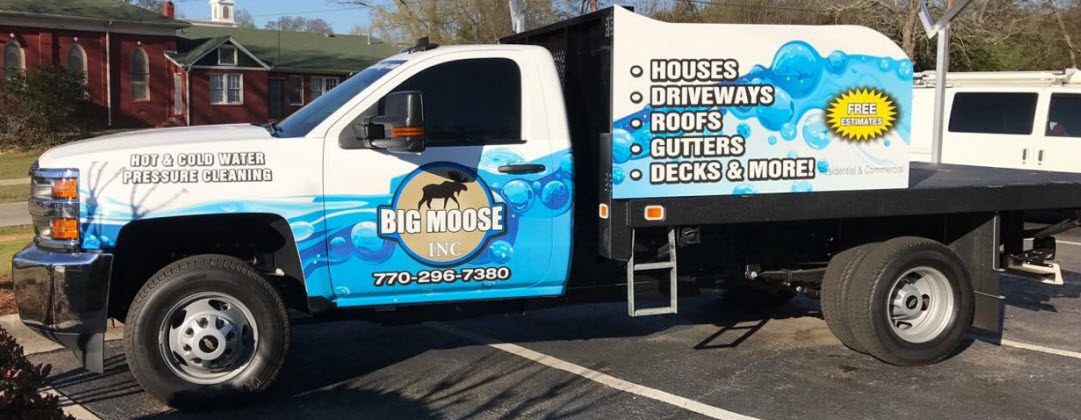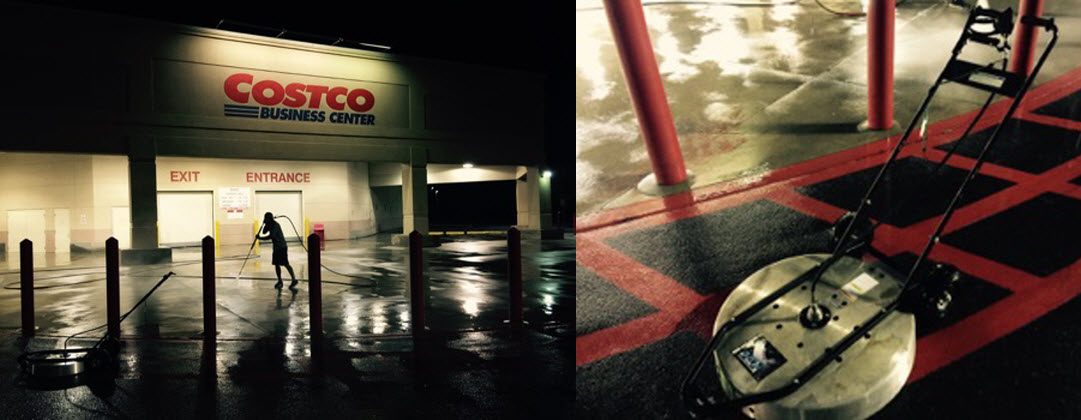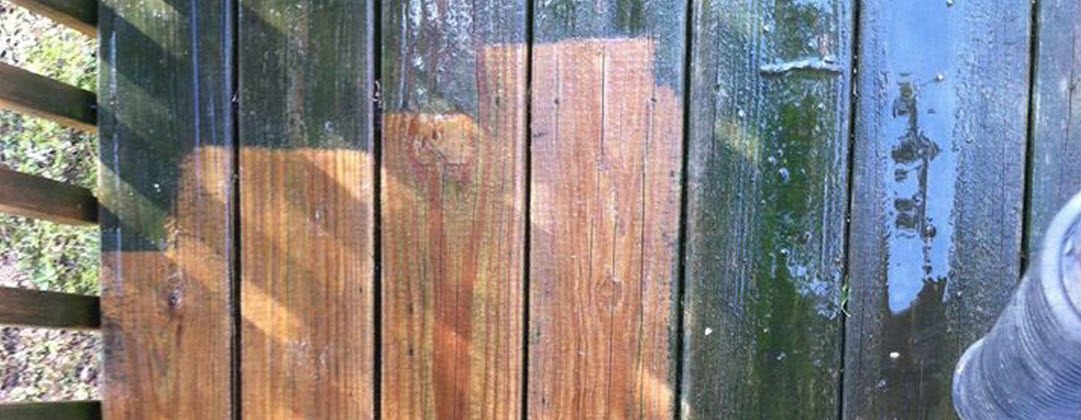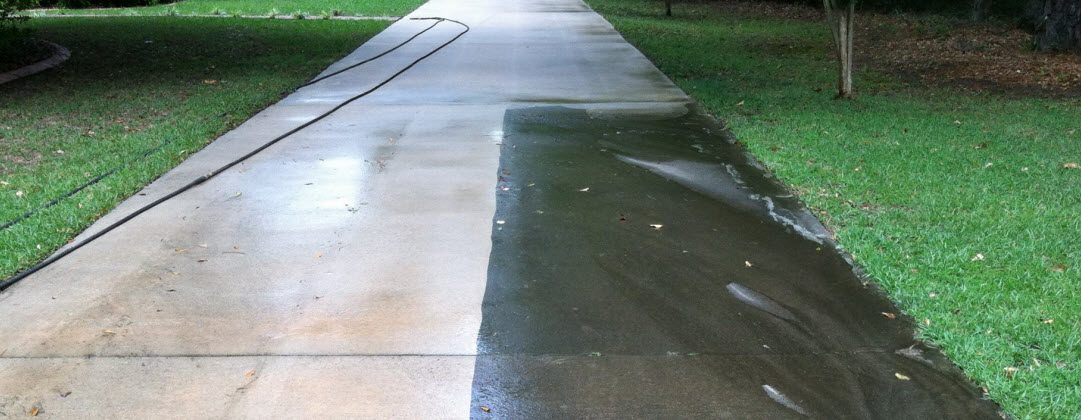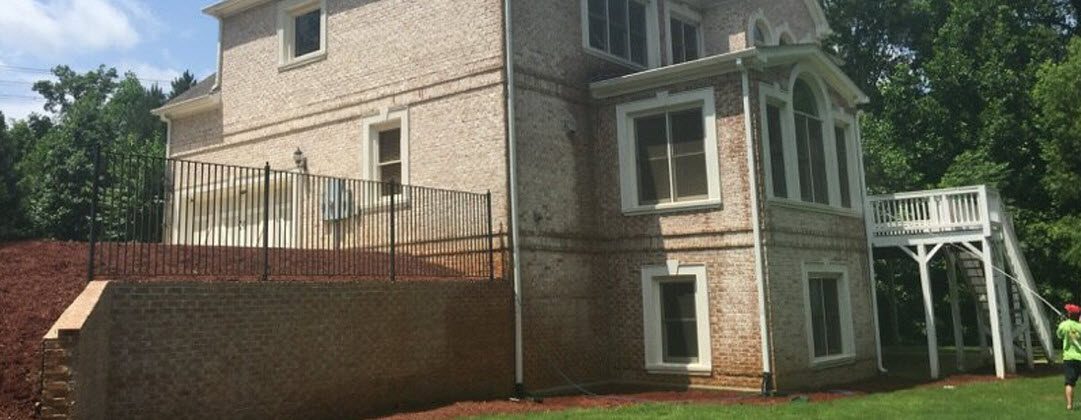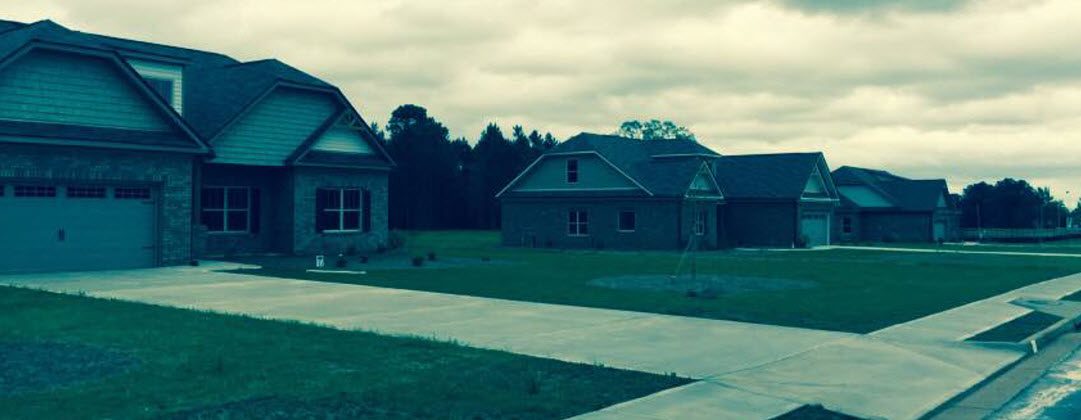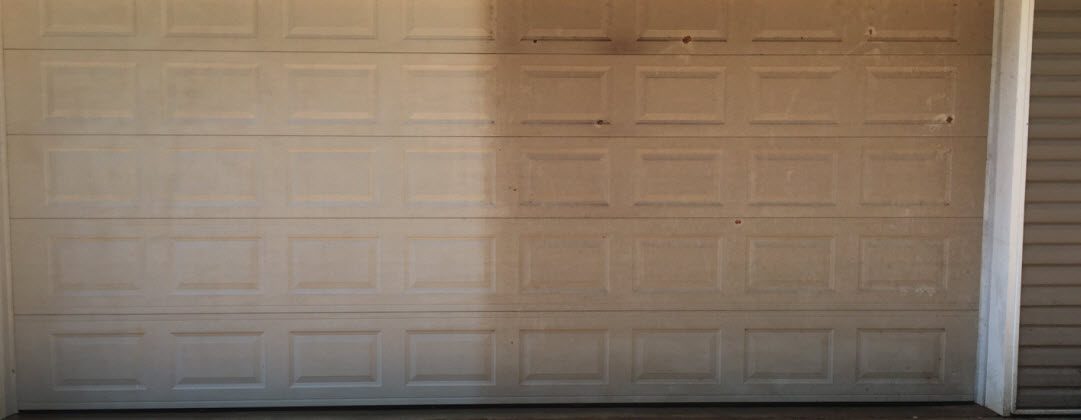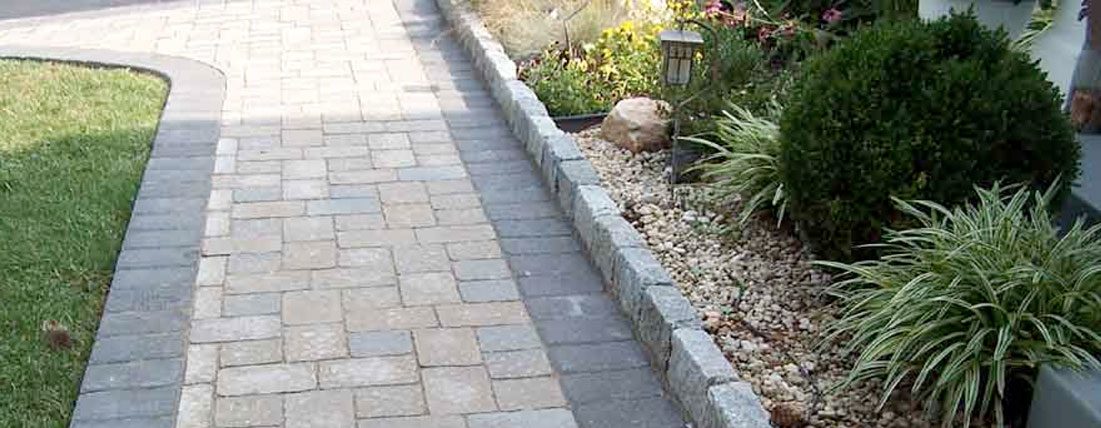If the job is tough, it’s time to get gritty. Sandblasting or the more technical term, abrasive blasting can clean metal and concrete in those rare occasions where hot high-pressure water isn’t the ideal treatment.
Sandblasting Media
Abrasive blasting can incorporate a variety of media, from mild to very aggressive. Corncobs and walnut shell are the milder abrasives used causing minimum substrate invasive blasting, thru glass or plastic beads. The heavy hitters are metal shot and sand. Evan soda blasting using baking soda being the mildest to non-abrasive ice and dry ice. It depends on the projects’ size, the material being cleaned and the ultimate desired results. Paint and corrosion removal are primary application, but pits, deep corrosion and impact blemishes can be smoothed stopping the corrosion and smoothing out the pits.
Air VS Water Sandblasting
High pressure air is used in most applications, but batch and automated jobs can incorporate the centrifugal force of a spinning wheel to propel the particles. Abrasive blasting is not new, having been introduced in the late 1870.
A wet process using silica or metal shot with a detergent can combine the advantages of a high-pressure wash with an abrasive agent. The water eliminates the dust hazard and is ideal for the abatement and removal of asbestos, radioactive or other toxic substances. Water acts as a cushion between the media and target material. This moderates the impact avoiding particle impregnation of the surface and material and extends the life of the media by curbing breakdown. When dealing the with mild steel the only down side is “flash corrosion” caused by the presence of water. Glass beads can be used to clean alkaline deposits from swimming pools and decks. Glass beads will not harm pool tile and finish but will pound out any alkaline deposits. Hydro-blasting is just high-pressure water. Water is non-abrasive but depends on a high-pressure stream of water. It can remove paint, even from wood and leaves no residue although flash corrosion of mild steel substrates may lead to problems if not addressed at the time of cleaning.
Centrifugal Wheel Blasting
Wheel blasting uses a vanned wheel spinning the media at high rotational speeds and using centrifugal forces to impart high velocity to the cleaning media. Wheel blasters are can be used to clean up plastic and rubber components by using plastic abrasives in a cryogenic chamber.
Micro Sandblaster & Other Processes
Small detail work is accomplished through a process referred to as ‘micro-abrasive blasting’. Small aperture nozzles of about 0.25-1.5mm are used, known also as ‘pen blasting’ lettering and art can be directly applied to substrates like glass and are delicate enough to engrave an egg shell. The most delicate surfaces are treated by dry-ice, frozen carbon dioxide that sublimates directly to gas leaving a pristine surface, only the removed debris need to be cleaned up. Vacuum blasting uses a vacuum chamber and is dustless and the blast media has a high recyclable rate, leading to an economical savings in media.
Sandblasting & More in McDonough, Barnesville, Fayetteville, Covington, Locust Grove & Griffin Georgia
As noted, abrasive blasting is very versatile and can be used from skyscrapers, to ships down to delicate patterning of an eggshell. It is heavily utilized for building and parts cleaning. Big Moose Pressure Cleaning is proud to offer dustless sandblasting. Contact us today to schedule your next appointment.
